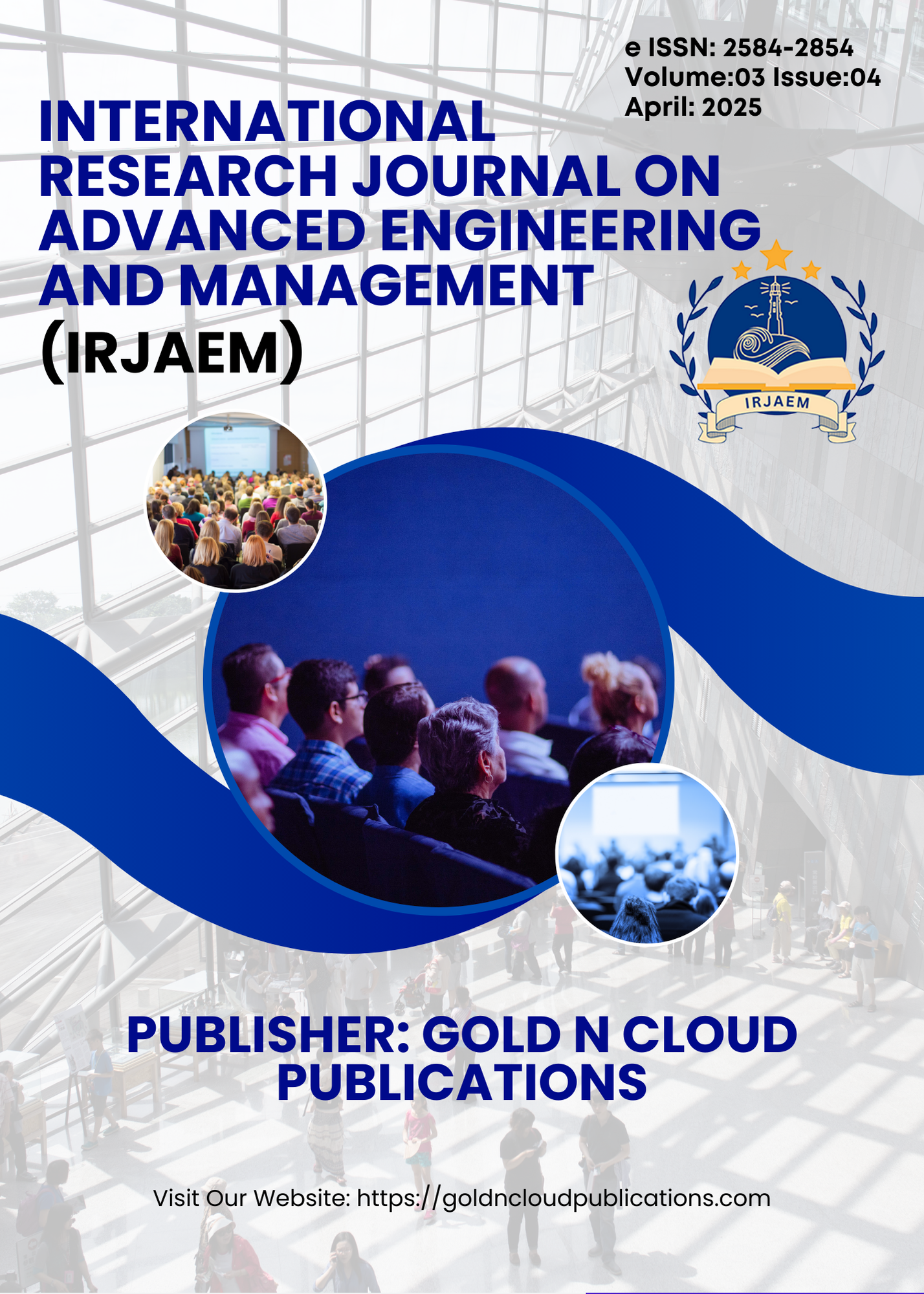Construction Site Incident Reporting Automation Using Natural Language Processing
DOI:
https://doi.org/10.47392/IRJAEM.2025.0230Keywords:
Speech Recognition, Natural Language Processing, Incident Reporting, Construction Safety, AutomationAbstract
In the construction sector, effective communication about incidents is important for improving safety policies and procedures. Lately, technological advancements in construction have made automating document preparation within an information system possible. However, it requires a great deal of time and effort for a human operator to prepare such documents manually, which in most cases leads to inaccuracies. This paper proposes a new design and development of construction site incident reporting systems based on the automation of event reporting using Natural Language Processing (NLP). Its purpose is to increase reporting productivity, accuracy, and the level of compliance with relevant statutes and regulations. Worksite mishaps continue to challenge both human welfare and economic resilience. Reports from global organizations indicate an upward trend in mishap frequency and critical consequences. Traditional techniques depend heavily on handwritten entries, causing postponements and obstructing immediate evaluations. This research introduces a smart reporting mechanism utilizing NLP, aimed at simplifying the notification workflow. The platform incorporates voice-to-text conversion to interpret verbal inputs from personnel, followed by NLP-driven contextual interpretation and essential data extraction. The background study reveals significant capabilities of NLP in advancing safety strategies, pointing to strengths like better reliability and shortened notification durations. The system includes information acquisition, machine learning for audio processing, and NLP-based detail identification. Predefined digital formats support fast and consistent reporting, reinforcing job site precautionary measures and preventing recurrence of hazardous events. By boosting the speed and reliability of issue communication, the model strives to refine safety procedures and assist in thorough incident analysis.
Downloads
Downloads
Published
Issue
Section
License
Copyright (c) 2025 International Research Journal on Advanced Engineering and Management (IRJAEM)

This work is licensed under a Creative Commons Attribution-NonCommercial 4.0 International License.


 .
. 